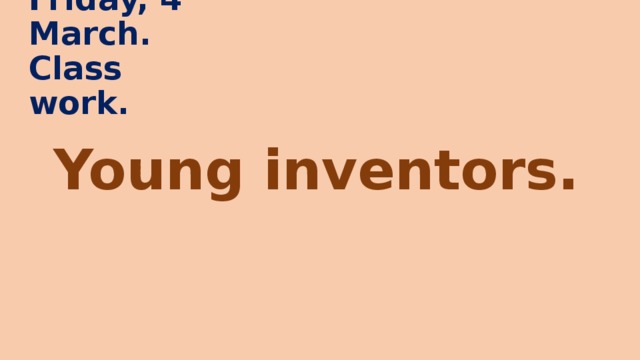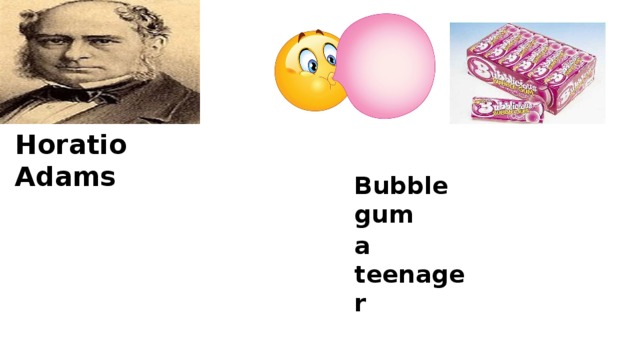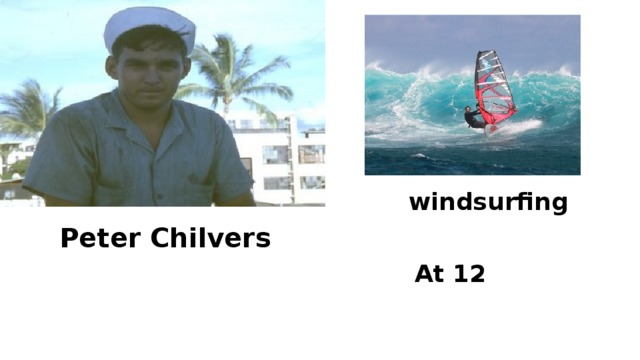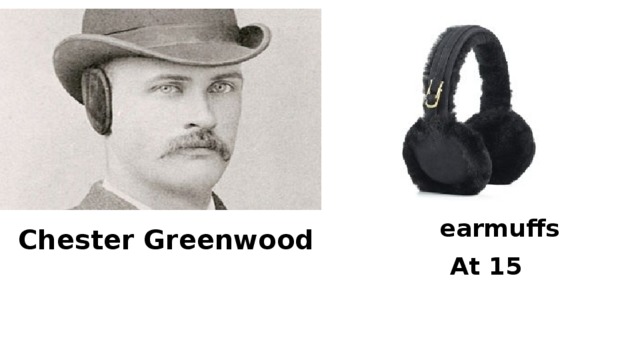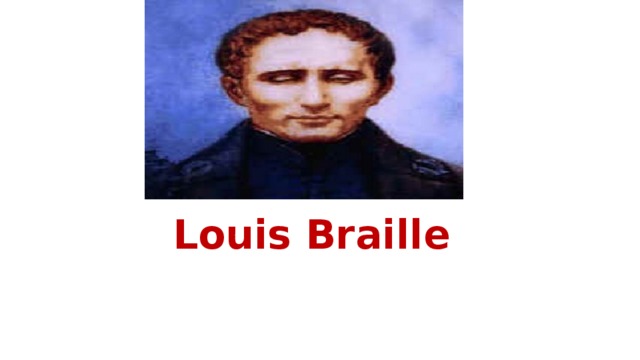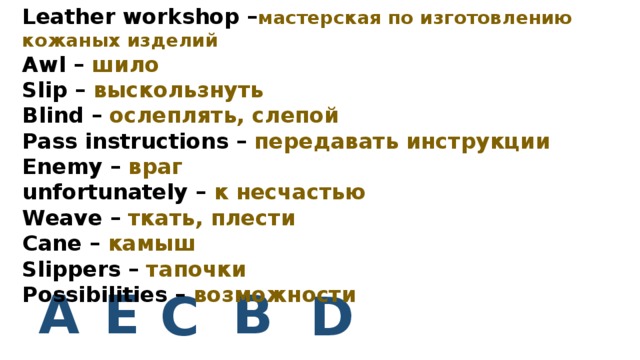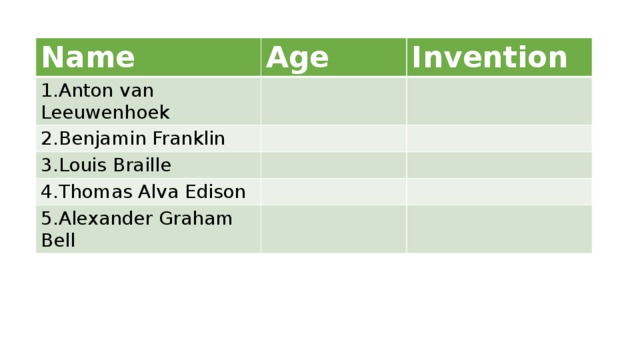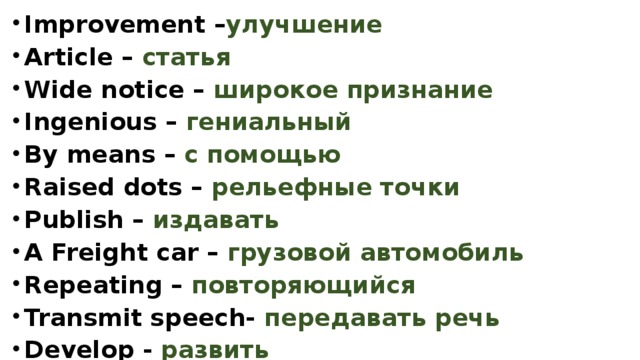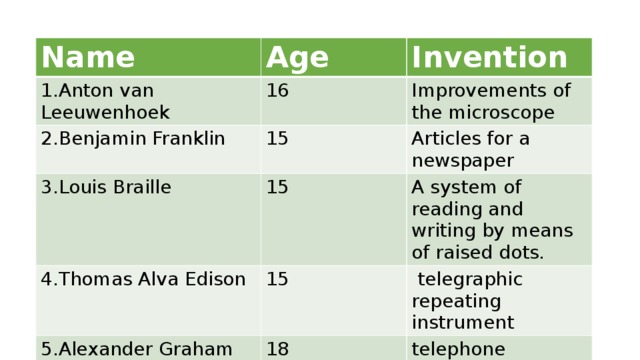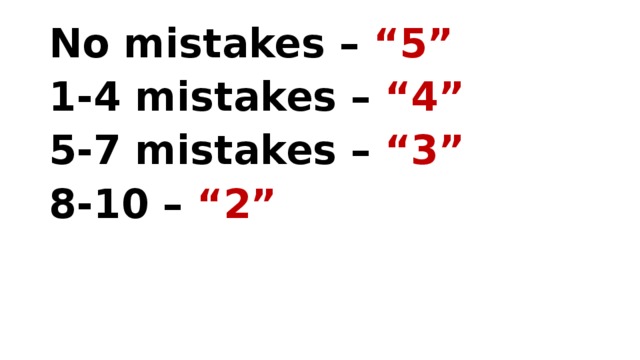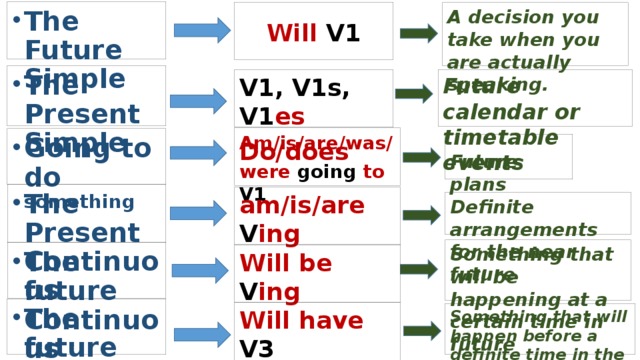Урок сообщения новых знаний посвящён развитию репродуктивных речевых навыков и занимает промежуточное место в изучении темы "Молодое поколение", связывая этап формирования (рецептивный) и этап активизации (репродуктивный) речевых навыков. Содержит элементы развивающего обучения.
Создайте Ваш сайт учителя Видеоуроки Олимпиады Вебинары для учителей
Методическая разработка урока английского языка в 11 классе "Young inventors"
Вы уже знаете о суперспособностях современного учителя?
Тратить минимум сил на подготовку и проведение уроков.
Быстро и объективно проверять знания учащихся.
Сделать изучение нового материала максимально понятным.
Избавить себя от подбора заданий и их проверки после уроков.
Наладить дисциплину на своих уроках.
Получить возможность работать творчески.
Просмотр содержимого документа
«Appendix2»
Просмотр содержимого документа
«Lesson plan 11»
Просмотр содержимого презентации
«Appendix1»
Полезное для учителя
Распродажа видеоуроков!
1880 руб.
2690 руб.
1880 руб.
2690 руб.
1880 руб.
2690 руб.
2160 руб.
3080 руб.
ПОЛУЧИТЕ СВИДЕТЕЛЬСТВО МГНОВЕННО
* Свидетельство о публикации выдается БЕСПЛАТНО, СРАЗУ же после добавления Вами Вашей работы на сайт
Удобный поиск материалов для учителей
Проверка свидетельства
